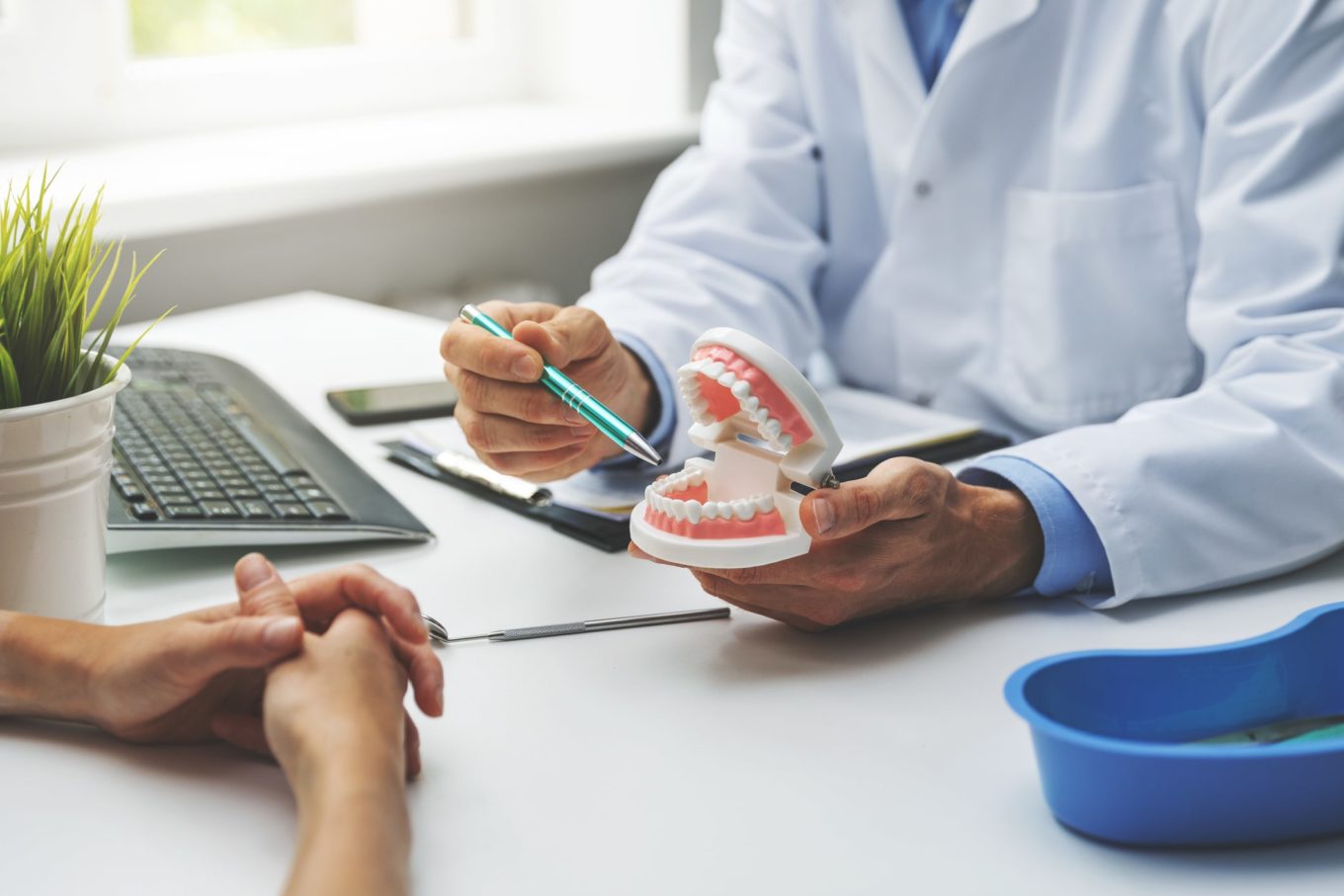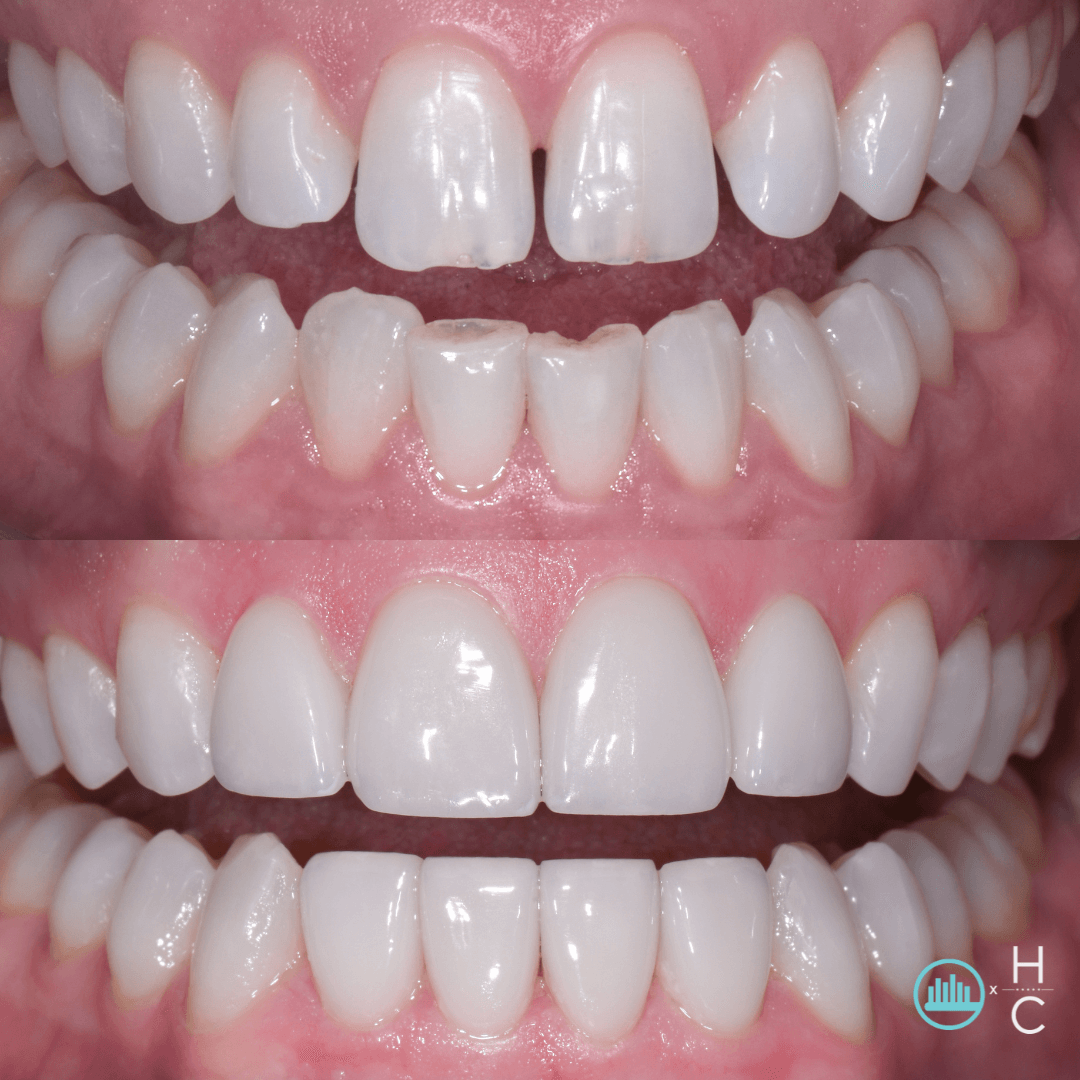Maybe you gave up on your nighttime routine of brushing and flossing a long time ago or had an accident that has left you without some of your permanent teeth. No matter the reason, you have some implants that you may be thinking are the best set of teeth you’ve ever had. What dental implant maintenance steps can you take to keep them looking great?
Dental Implant Maintenance – An Overview
Dental implants replace your missing natural teeth, and there are precautions you can take at home to ensure implant success the way you would ensure good oral hygiene for your natural teeth. Visits to your hygienist to get them cleaned and checked regularly for issues can also affect the longevity of your implants.
Your implants can provide you with strong and healthy teeth and gums for over a decade by following your dentist’s maintenance program.
Importance of Dental Implant Maintenance
A dentist’s maintenance program consists of many dos and don’ts, each tip playing a vital role in maintaining your implants.
A list of things you should maintain regularly include:
● Cleaning dental implants at home: Brushing and flossing your teeth after every meal.
● Regular visits to your hygienist: Plan on visiting every 3-6 months for cleanings, X-rays, and assessments of possible issues.
● Maintenance protocols:
○ soft tissue assessments
○ plaque index
○ clinical probing depth
Things that you shouldn’t do include:
● Smoking: Smoking can obstruct the healing process because the bone will refuse to mesh with the implant.
● Putting pressure on your teeth: When grinding or clenching your teeth, the titanium oxide layer on the implant surface can deteriorate, weakening your implants and exposing them to infections.
Routine Maintenance for Dental Implants with a Hygienist
Regular visits to your hygienist will guarantee that any alarming developments are taken care of from the start with maintenances like:
● Routine cleanings: From observing the gums to analyzing the secureness of the dental implants, your hygienist will conduct checkups and cleanings.
● Probing depths: Probing monitors the soft tissues around the implant, including the peri-implant tissues. If probing depths become deeper and the bleeding rate increases over time, this can be an indicator of bone loss or detachment.
● Extraoral examinations: An extraoral examination evaluates the peri-implant soft tissues. If this disease is in its beginning stages, proper cleaning can reverse signs of peri-implantitis.
● Radiographic examinations: Your dentist will check to see whether your bones can support implants and will take note of any drastic changes in your bones and hard and soft tissues.
Prevent the Following Diseases/Infections with Regular Implant Maintenance
Dental implant cleanings prevent many diseases and infections that can jeopardize the health of your implants. Some issues that dentists commonly encounter are:
● Microbial biofilm, which consists of microorganisms like Candida albicans or Streptococcus mutans. If the implant isn’t cleaned properly, the microbial biofilm will erode the surface of the implant.
● Soft tissue recession usually occurs with extreme force placed on the gums. When the gums diminish around your natural teeth or the implant structure, it can lead to plaque buildup, inflammation, and peri-implant mucositis.
● Peri-implantitis, considered the gum disease for implants, is avoided by meticulous cleaning. By acknowledging signs like red and swollen gums tender to the touch, bleeding during cleanings, and visible plaque buildup, you can nip these conditions in the bud before they worsen.
Dental Implant Maintenance and Care at Home
Quality dental implant maintenance starts at home. The first thing you should take into consideration is using the right products. The three most important tools in your dental care routine are:
- A soft-bristled manual or electric toothbrush: Hard bristles will cause gum recession and sensitivity. The ideal toothbrush will also be small enough to work its way around your implants.
- A tartar-control toothpaste: This low-abrasive toothpaste will prevent the buildup of plaque and tartar.
- Dental floss: Flossing removes any plaque, tartar, and food residue left behind by brushing.
When cleaning dental implants, preferably three times a day, brush gently but thoroughly around the perimeter of each tooth. Then, it’s time to floss. Many hygienists suggest using floss threaders for people with implants since flossing correctly keeps your gums healthy enough to hold your implants in place.
Scheduling Professional Dental Implant Checkups and Maintenance
Once you’ve done your job at home, count on us to do the rest! At The Chicago Dental Studio, we want to provide you with the best dental implant maintenance possible because we believe strengthening your teeth strengthens your self-assurance. When you’re ready to book an appointment, call and book a virtual consultation.
 $750 OFF INVISALIGN OR 15% OFF COSMETIC | LIMITED AVAILABILITY JUNE 23RD – 27TH –
$750 OFF INVISALIGN OR 15% OFF COSMETIC | LIMITED AVAILABILITY JUNE 23RD – 27TH – 




